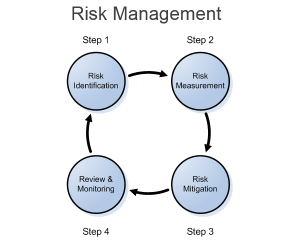Importance of Vehicle Inspections
Importance of Vehicle Inspections
Safety is the most important and obvious reason to inspect your vehicle. A vehicle defect found during an inspection could save you problems later. You could have a breakdown on the road that will cost time and dollars, or even worse, a crash. Federal and state laws require daily inspection by the driver when the vehicle is in use, and if you fail to do a pre-trip inspection, a DOT inspector can place your vehicle out of service. So why risk your life, or the life of another, in an unsafe vehicle?
Pre-Trip Inspection: The first thing a driver should do when beginning a trip is to review the Driver Vehicle Inspection Report from the previous day. If there were defects noted, you should verify that the DVIR has been signed by a mechanic certifying that either the defect was repaired, or the defect does not affect the safety of the vehicle and the repair was unnecessary. If the previous day’s DVIR did contain a defect, you must sign the report to indicate that you have reviewed it, and that the required certification and signature are present.
Vehicle Inspection: No truck may be driven unless the driver is satisfied that the following parts and accessories are in good working order such as:
-Service brakes, including trailer brake connections
-Turn indicators
-Parking (hand) brake
-Steering mechanism
-Lighting devices, running lights, and reflectors
-Tires
-Horn
-Windshield wipers
-Rear vision mirrors
-Coupling Devices
-Wheels and Rims
-Fluids
-Emergency Equipment
Post-Trip Inspection: At the completion of each day’s work, the driver is required to prepare a written report identifying the vehicle and listing any defect or deficiency discovered or reported to the driver that would affect the safety of the vehicle, or result in a mechanical breakdown. The report must cover at least the parts and accessories listed above under “Vehicle Inspection.” If defects are noted by the driver, the motor carrier is required to certify on the original report that the repairs have been made, or that the defect does not affect the safe operation of the vehicle. All DVIRS must be retained by the motor carrier for 3 months where the vehicle is stored. Always protect yourself and others by performing a thorough vehicle inspection!
Make sure you utilize the resources available to you and have a good understanding of expectations, especially locally. The TCIA offers daily recording and post trip inspections on their website that are bilingual and the DOT also has standard inspection forms available on their website. We also have a fleet safety program that discusses employee expectations, inspections, and much more. Feel free to reach out if you’re interested in a copy!

Written by: Margaret Hebert







Recent Comments